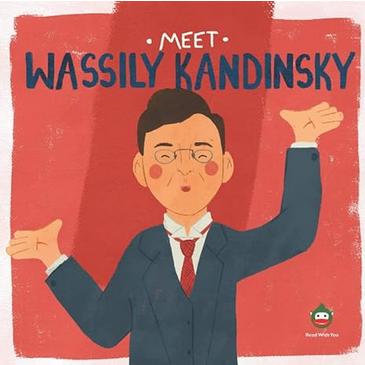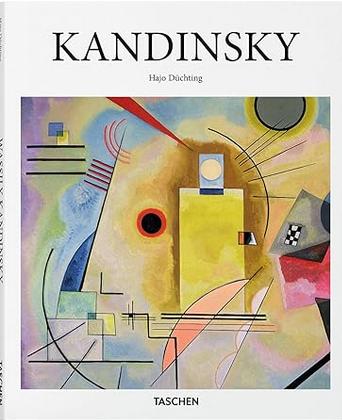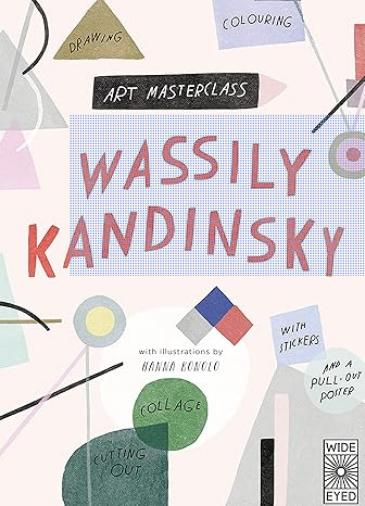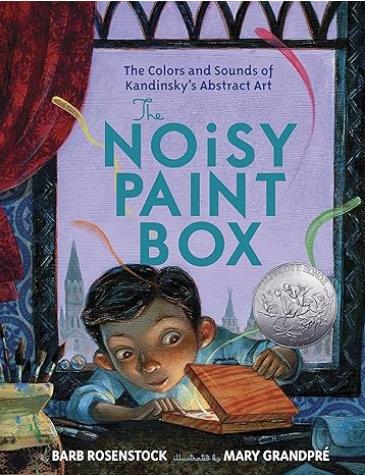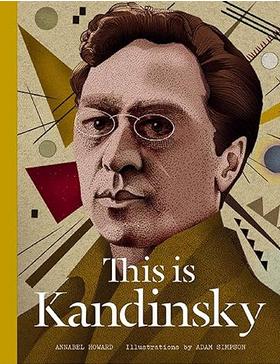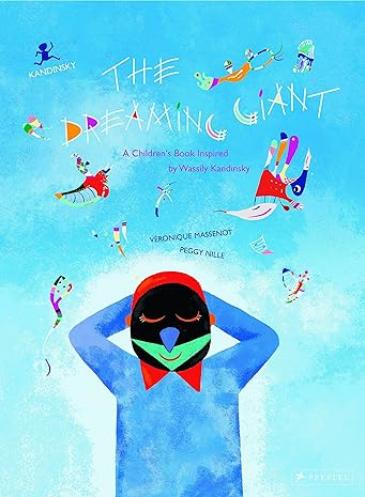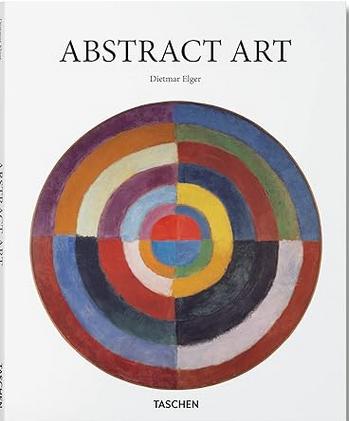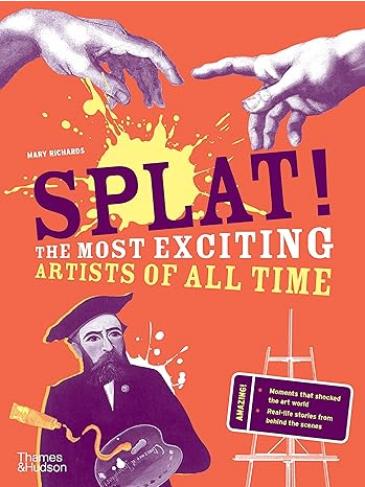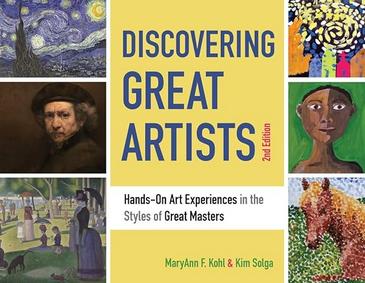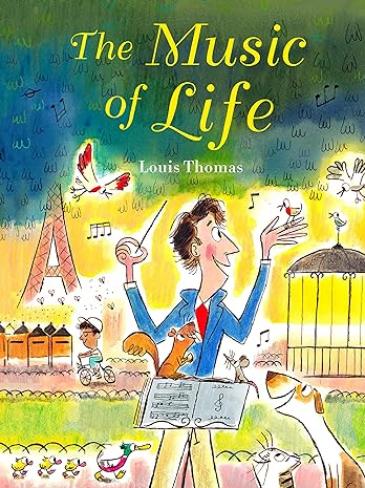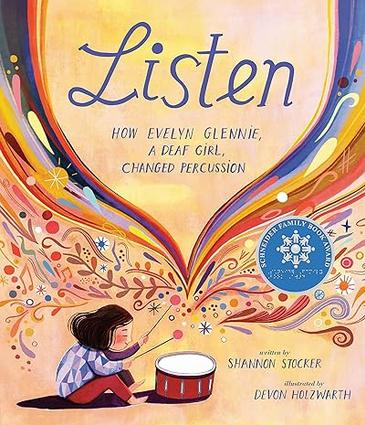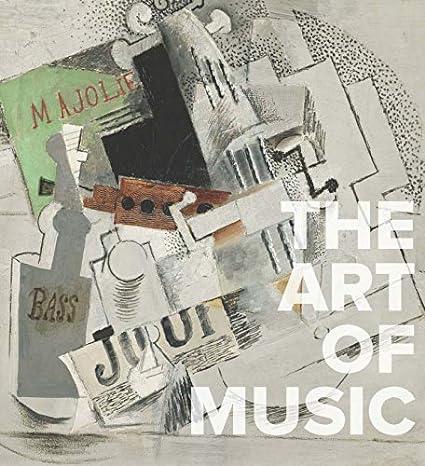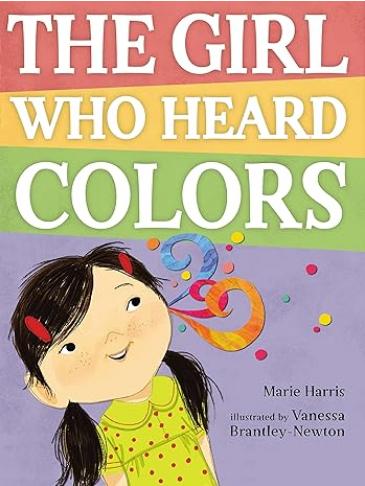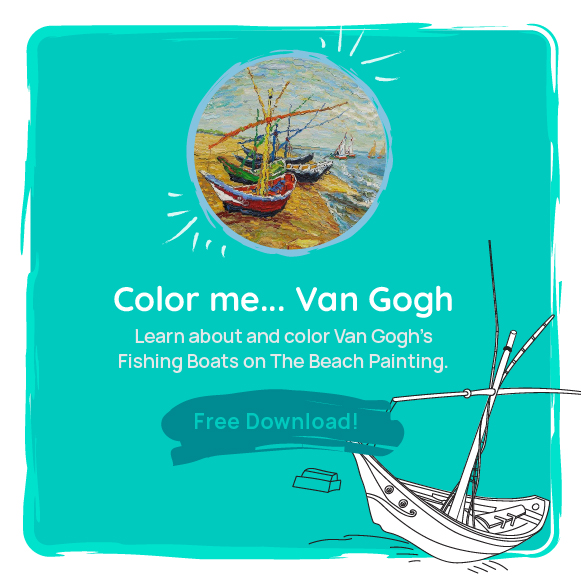You may be familiar with Wassily Kandinsky’s colors and circles, but do you know what inspired him to create such mind-boggling compositions? These books about Kandinsky hold the answers—and much more! Whether your family is just getting started with abstract art or you’ve long been a fan of this style, the books on this list offer something new for everyone. You’ll explore Kandinsky’s fascinating life, his relationship with music, and how he shook up the art scene. With each book, you’ll be inspired by his wild, colorful creations!

You might also like these!
This introductory book comes from the acclaimed Meet the Artist book series. It provides a great overview of Kandinsky’s unique style and his connection to music. Because the text and illustrations are simple, the reproductions of Kandinsky’s artwork really stand out. Plus, there are engaging discussion questions and activities presented throughout the book. Read it with early elementary kids.
This coffee table book traces Kandinsky’s work throughout his life and presents dozens of full-color reproductions. A deep analysis is provided for a few of the pieces. The book also provides a basic biography and a timeline of his career. With nearly 100 pages, young artists will want to spend lots of time paging through this book!
This book inspires kids to create like Kandinsky! It includes more than 20 hands-on activities to teach kids some of Kandinsky’s most notable techniques like drawing, getting inspiration from music, and using shapes to make art. There are 50 stickers and a pull-out poster, too. It’s a workbook-style activity book that will appeal to kids ages 9+.
This nonfiction picture book begins by showing Kandinsky’s childhood, a stuffy life filled with math and history and piano and adults who talk and talk and talk! But when Kandinsky receives his first paint palette, everything changes. His mind comes alive as the colors begin to sing like a symphony! This celebration of creativity highlights Kandinsky’s synesthesia, a condition in which a person’s senses are miswired, causing the person to hear colors, for example. The text is energetic and the illustrations are whimsical. The final pages contain a biography of Kandinsky and four reproductions of his artwork. Read this one with elementary kids.
Teens will appreciate this illustrated biography of Kandinsky. It takes a fresh approach to Kandinsky’s life and art, portraying his feelings and inspiration in an adventurous way. The text also brings in historical events, cultural trends, and tidbits from art history. Although the book is 80 pages, each spread features quite a bit of white space and bold illustrations. There are also several reproductions of Kandinsky’s artwork. Readers ages 14 and up will enjoy this pick.
In this magical picture book, one of Kandinsky’s paintings comes to life! The book was inspired by the 1940 painting Sky Blue. The characters from the painting appear in the book as townspeople in a village of miniature people. When a giant walks into their village, these townspeople are terrified! However, they soon realize that he’s a gentle soul. This lively book is sure to stir up the imagination of little ones! Read it with early elementary children.
Abstract art was once considered a radical art form that shocked traditional artists. This book explores the early days of abstract art and discusses the techniques that made it famous. Along with Kandinsky, there are sections devoted to work by Picasso, Klee, Pollock, and other notable artists. By paging through the book, children will get a great sense of what abstract means and why its development was so important to the art world. The wide variety of artwork is sure to engage young children. Older children and adults can take the concepts a bit deeper by going through the essays.
Art history is filled with outrageous artists who broke the rules and brought about totally unique styles. This book points out 20 such artists who are as inspirational as they are creative. Kids will travel through history to learn about Michelangelo, Henri Rousseau, Vincent Van Gogh, Wassily Kandinsky, and others. Each page is arranged in a visual-forward way with sidebars, full-color reproductions, sticky-note callouts, and a few brief but impactful paragraphs. Kids ages 8+ will enjoy paging through this one on their own.
Learn to create art based on the style of 60 famous artists including Wassily Kandinsky. A short biography of each artist is included on the first page of every spread, and you’ll get step-by-step instructions for making your own art on the second page! Projects vary in difficulty so that kids of all ages can participate. Go through the book in order or jump around to the projects that interest your family most—both methods will be successful. Use it to engage elementary kids in a wide variety of artistic styles.
Music inspired Kandinsky, and this book shows how everyday life can inspire music! One night, Lenny is up late, desperately trying to compose his next symphony. But no notes are coming to him. While he sits in the quiet, he hears something: his cat lapping up milk with a lick, lick, lick. Then he hears a faucet going drip, drip, drip. These are the notes he’s been trying to find! Music is all around him! He wanders outside to find more notes and eventually, he has composed the symphony of life. It’s a lively book that highlights the importance of truly listening to the things of everyday life. Read it with early elementary children.
Like Kandinsky, Evelyn Glennie hears music in a different way. By the time she was 8 years old, she could play music by ear. But her hearing failed when she was about 10 years old. Despite her lack of hearing, she still loved music. Thanks to a special music teacher, Evelyn learned to feel the vibration of percussion. And, she excelled at it! She eventually attended school at the Royal Academy of Music and went on to win Grammy Awards. She was even knighted by the Queen of England! Read this one with upper elementary students.
Open this book to take a look at the intersection of art and music all around the world! The book contains various essays that explain important works, musical instruments, and critical factors like synesthesia and cultural influence. It’s filled with 250 full-color photographs and reproductions! Teens and adults will learn from the essays while the youngest artists will enjoy paging through the images.
This picture book, inspired by a real girl, uses energetic examples to explain synesthesia and what it means for people who have the condition. The little girl in the book sees red when her dog barks and sees silver when she hears her bike’s bell. However, once her special ability is revealed to the kids in her class, things take a turn. The children make fun of her and she’s embarrassed. A music teacher lifts her spirits and explains that synesthesia is actually a fascinating difference in senses! Read this one with early elementary children.




